How difference in top fmcg company name brand to product name is crucial
Can a company name and Product(goods,app,service) be different names?
Hindustand Unilever is that company behind many FMCG products in India. Each product (like Surf) is branded and marketed with the brand name of the product, not the company name.
So go ahead and keep a different name for your app.
Why do companies need brands? Why can’t the company name itself be used and promoted as a brand?
Brands provide an identity to a product. Close your eyes and think what comes to your mind when you hear of brands like Apple, Microsoft, Google, HP and Ford.
Apple usually evokes images of a good design, Microsoft evokes images of an office product, Google evokes speed, HP evokes cheap laptops and Ford evokes mass produced cars.
When people make a purchase decision, the brand impression affects them in a lot of invisible ways. Do you want to buy cool video console from someone who makes boring office products? Most people would not. The stereotype and bias would cloud their decision. So, what should Microsoft do when it sells a video gaming console?
It completely strips out its Microsoft identity and tries hard to emphasize the XBox identity. There is no Microsoft in the name or anywhere in the top part of the website and there is no classic 4 color logo of Windows. XBox is an identity of its own and when you think of it, you think video gaming and not a boring company that makes Microsoft Office.
Brands provide identity and personality
Brands evoke subtle emotions in the mind. I can feel a smoothly curved phone in my hands when I imagine iPhone. As I imagine more, I would be more tempted to pre-order iPhone 6. Apple has worked hard to cultivate a separate identity for iPhone. It is not Apple iPhone, but just iPhone. It stands for the best of what Apple produces.
On the other hand, when it comes to “Apple TV”, Apple uses its name there as the product would not stand without the company’s name. It is still new and have not gotten enough traction to stand with an identity of its own. Companies constantly try to create new identities for crucial products and often use existing identities for non-crucial products.
Another example is Microsoft uses its own name for its tablets. Unlike XBox, “Surface” brand doesn’t have the traction of its own and Microsoft has found that it cannot compete with iPad on the coolness front. Thus, it wants to target professionals who love enterprise quality tablets. Thus the tablets are called “Microsoft” Surface.
Birla Brand
Coming to Birla, what is the first image comes to you when you think of Birla (if you are an Indian)? For me and many others, it is cement and industrial products. Would you buy a high quality shirt from a company that makes cement and aluminum? Nope.
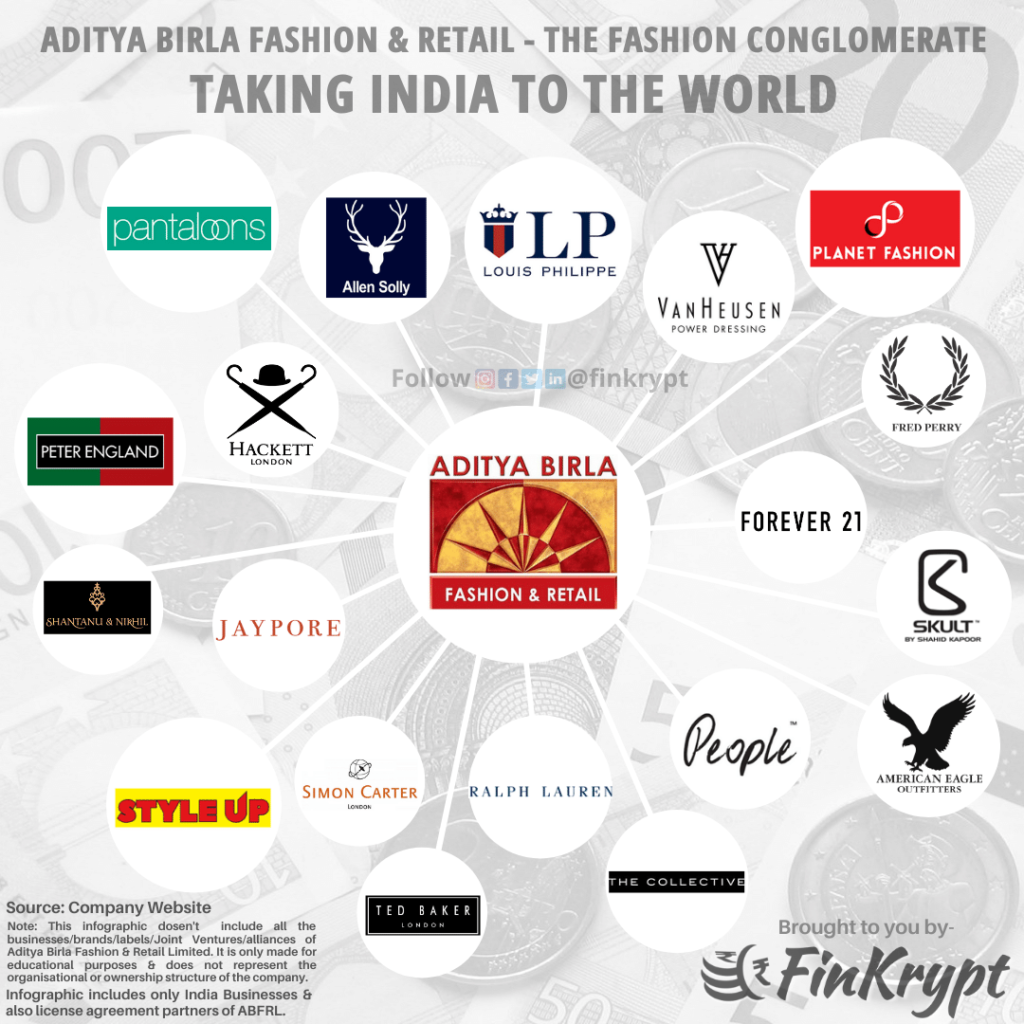
Thus, Birla has created many foreign sounding brand names. Louis Philippe sounds like it comes from high class European tailors. It probably got inspired from a New Jersey company (NJ is thought of as a boring industrial state) which pretends to be a fine Scandinavian company.

Multiple brands might compete with each other at some point. iPod Touch and iPhone competed for a while. IPad and iPhone plus would compete now. It is fine for brands to compete as the company is happy regardless of which ones win. The consumers get an illusion of choice and believe that they are making a good choice.
If Volkswagen own Bentley, Porsche, Bugatti, Audi, Lamborghini, Ducati & Skoda, why can’t they change all these brands to a single name, VOLKSWAGEN?
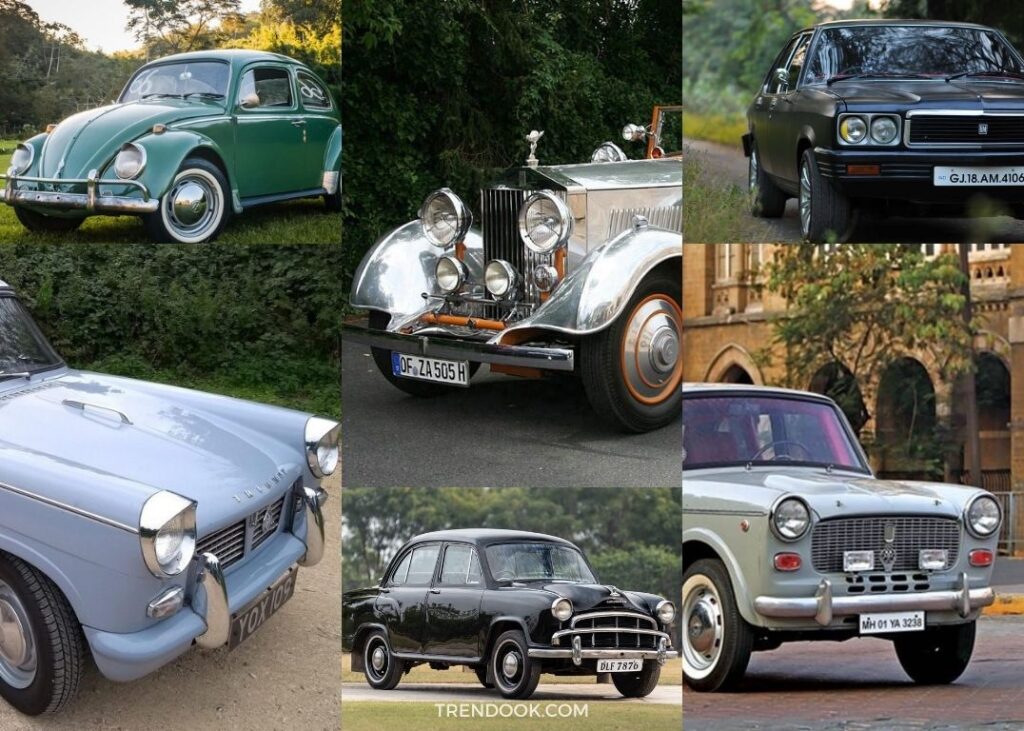
It’ because they are not the same, and they never will be!
Each of these brands have their own identity, a unique history and most importantly their own organizational behavior and culture that could be radically different from each other, or from the parent company Volkswagen.
It’s kind of like the story of a divorced parent taking their child along to a new relationship. If the child is at a very young age (a new company with relatively no brand value), they might blend in. If they’ve crossed a certain age, they have their own identity and existence. A part of their character has already been framed and you can’t change much. They might co-exist with the new family, but that doesn’t mean that they’ve forgotten the roots.

In addition to this, maintaining different brands have their own set of advantages as well. The next time you hear something like Volkswagen cheating on pollution tests or something similar, chances are the other brands won’t get affected to the same scale. For e.g. Audi, despite having the same pollution issue was not impacted globally like Volkswagen.
This helps in reducing the risk associated. (Another good example to this is Nestle. There was an issue with Maggi having excess lead content in India. This created a big issue and people boycotted all Maggi products. Interesting fact is Maggi is owned by Nestle. So had they launched it as Nestle Noodles instead, the whole of Nestle would have been in trouble!

It’s a common practice, not just in cars but also in FMCG items. The company P&G owns both Pantene & Head&Shoulders. The same company owns Gillette and OldSpice as well, and a lot more products that you use everyday!

Why do companies need brands? Why can’t the company name itself be used and promoted as a brand?
This is because the consumers very easily tend to develop a stereotype for a single company/brand.
Okay, lets put it this way,

When we hear the name Sachin Tendulkar, we imagine his face and remember him as an amazing batsman. If someone like Sachin Tendulkar, takes 5 wickets in a match, one will not end up believing that he is an amazing bowler. This is because over the period of time he has created his image as an amazing batsman and hence the stereotype will be difficult to break and believe him as an amazing bowler.
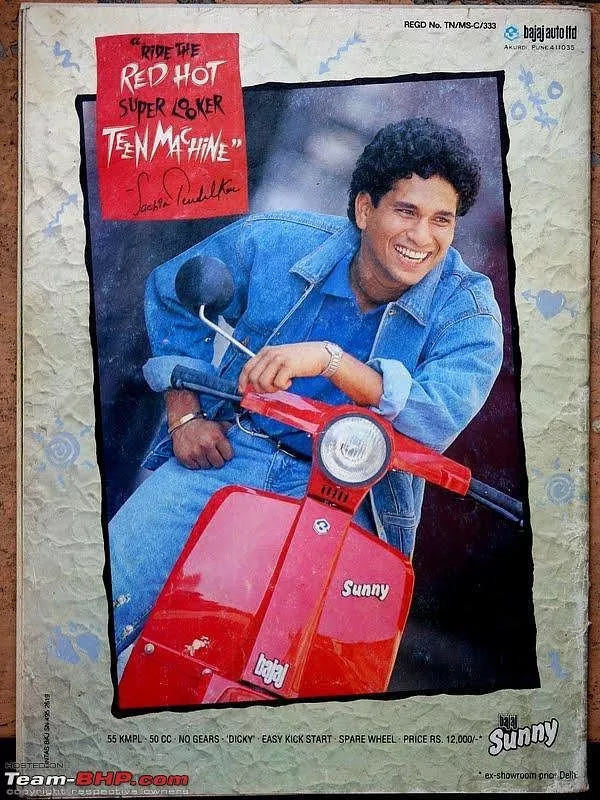
The same happens with the companies as they try to make new products. People won’t be convinced most of the times if company uses the same brand name for variety of its products. Brands are used to break this stereotype.
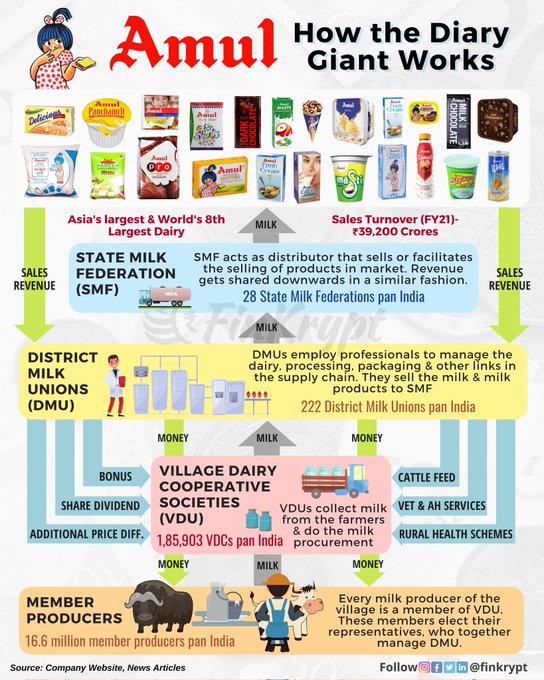
Breaking the stereotype
Let us consider the case of ITC (Indian Tobacco Company).
The company started its business by manufacturing and selling tobacco which is again apparent from the name of the company itself.
ITC also makes biscuits and noodles.
Can you imagine this same company which started its business from manufacturing and selling tobacco is now selling biscuits and noodles under the brand name, Indian Tobacco Company?
This is what a consumer would feel in his head. It won’t be digestible for a consumer that a company manufacturing tobacco is now selling biscuits. It impacts the consumer psychologically.
Hence, what ITC has done is created a new brand name for new product- ‘Sunfeast’ for selling biscuits.

(Sunfeast itc – Google Search)
Carving the Niche
One may ask, ‘But why do companies need more brands for the same sector?’
Let us further analyse the business structure of ITC (in brief):
You will now know that for FMCG (Fast Moving Consumer Goods) sector too ITC is having various brands.
This is because it is competing against many other companies in the same sector.
For example,
ITC sells Biscuits under the brand name Sunfeast.
Here, it is competing against companies like Britannia and Parle. Hence a strong brand name would be required to meet the purpose and tada…Sunfeast it is!
ITC also sells Notebooks under the brand name Classmate.
Here, it is competing against the companies like Navneet, Sundaram. Sunfeast won’t suit as brand name here. Hence there is need of a new brand name for new set of competitors. And this new brand name is Classmate. How apt it is for selling notebooks!
ITC sells noodles under the brand name Yippie.
No prizes for guessing that its biggest competitor here is ‘Nestle’ with its brand ‘Maggi’. Neither Sunfeast nor Classmate would suit here. Hence a funky name Yippie would be apt whose target audience would be mainly kids and teenagers. Infact after the Maggi ban, Yippie noodles changed their punch line from ‘tasty’ to ‘tasty and safe’.
If you go into deep further, you will again observe that for soaps and shampoos too it is having different brand names- Savlon and Fiama Di Wills. Why so?
This is because for soaps and shampoos too it is having ‘very specific competitors’.
The brand Savlon is specifically selling hand wash and it directly competes with other brand like Dettol.
Also the brand Fiama competes with other brands like Lux and Dove which belong to the Unilever group.
So, on similar lines when a company is having so many brands for same product these brands are not competing with each other, they are simply competing with specific set of competitors.

Hence, the reason why Birla too has so many brands for clothing.
To sum up, companies need different brand names
To break the stereotype.
To gain more market share.
This is a brand-hiearchy or architecture question.
Many use different brand names – especially in the direct-to-consumer product category (i.e. Unilever or P&G come to mind). This is called the house of brand strategy.
However, some brands do not really use different brand names but use the parent brand name and add a category name/brand name with the parent name to it.
An example of this would be,
FedEx or even Apple (Apple Watch, Apple TV, etc.).

Both of these examples have different offerings – but use the Apple or FedEx logo/name with the product name or branding as much as possible. This is called branded house hierarchy (sounds similar to the House of Brands – but it is different in meaning).
The product sub-brand looks and gives the feel of the parent brand and to the consumer – it looks like it is coming from Apple or FedEx (where a lot of the good brand equity exist and is passed on to the new product).

Neither is incorrect. Both have pros and cons. Depends on your goals and what you are looking to achieve.
Why do big companies use a new brand name for new products?
It helps to differentiate their products. Take the car companies, for example.

GM has a different name for every vehicle, of course. But, they also created other umbrella brand names to let the buyer know a bit more about a vehicle just from hearing the name. For example, people may think that Cadillac means luxury and GMC means tough and reliable.
If GM didn’t create divisions like Cadillac and GMC, the public would have a huge list of vehicles made by GM, with no idea where to start to find the type of vehicle they’re looking for.

Why are brands important?
Suppose, I as your client, ask you to join me over a cup of coffee at a restaurant for a business deal. Now, consider two scenarios:
Case A] You are served coffee in the porcelain cup shown below:
Case B] You are served the same coffee in Paper Cup in lesser quantity shown below:
You don’t have any profit or loss to make. Then, tell me, in which case can I expect a better deal?
~ That’s the power of a brand!
A consumer owns a brand and vice-versa.
It is the brand which gives the consumer a sense of identity, a sort of belonging or association to a particular group.
Your efforts as a company get registered under the same brand. Next time the consumer uses the product, he or she knows it what they are paying for.
“Brand is an adhesive between the company & the consumer.”
~ A simple logo over a paper cup tells the story!
What is the best way to market your product?
Once you’re up and running, it’s time to start driving traffic to your store and closing sales. Whether you’re trying to make your first sale or you’ve been open for business for a while, it’s always good to find more ways to promote your products.
Creative ways to market product:
Tell a (True) Story About Your Product
Don’t Work Against Your Brand Perception (or Product Category)
Do What Your Competitors Won’t Do
Market to Your Existing Customers
Make an Exciting Promise – that You Actually Deliver On

How do I start my first company, from first idea to trading, marking, minimum viable product, etc.?
Every step ???
Okay –
Here is every small step in the chronological order
Hope this helps –

The Sure Steps –
1. Figure out what change you want to make in the world. Nothing else matters and you should not even be beginning a company until you know the change you are passionate about making, personally and professionally.
2. Begin researching the industry and your competitors.
3. Determine how to create your product.
4. Talk to potential customers and users for feedback.
5. Come up with a name for your company and product.

6. Build your pitch deck. This is particularly important if you need to raise funding.
7. Create pro forma financial projections. These should show the next 3-5 years, and include a pro forma income statement and a pro forma cash flow statement and balance sheet.
8. Determine how much capital is necessary to get to cash flow positive by calculating your cash flow breakeven point.
9. Get feedback on the pitch deck from your mentors, advisors, friends, and family.
10. Find a cofounder, if needed, whose skills complement your own and can help you achieve more.

11. Select a quality corporate law firm in your area when you are ready to incorporate and get some legal advice.
12. Incorporate and obtain an Employer Identification Number from the IRS
13. Open your company bank account.
14. Talk to your attorney about whether you should make an 83b election. These are often important in significantly reducing your taxes in a very legal way by paying your taxes upfront when you start a company.
15. Build a basic product prototype or Minimum Viable Product(MVP), a term coined by Eric Ries which has become very common in startup circles over the past couple of years.

16. Create employee agreements for everyone
17. Create confidentiality agreements for everyone, both employees and contractors, from the beginning.
18. Hold your initial Board of Directors meeting, which could just be with yourself or maybe two board members that you appoint.
19. Create your Restricted Stock Unit (RSU) plan and/or your stock options plan that enable you to provide equity ownership and incentives to your employees to gain ownership in the company over time. Often you want to vest those options over a period of four to five years.
20. Issue your stock certificates to yourself and to your initial founding team.
21. Fund your bank account with the initial capital contribution either coming from yourself, friends or family, or peer-to-peer lending organizations like Fundable or Kickstarter.
22. Determine whether you need outside capital to start.
23. Raise any initial capital you need.
24. Get a company debit card and credit card and apply for a corporate credit line if you need to.
25. Set up your accounting software and begin putting in your chart of accounts.
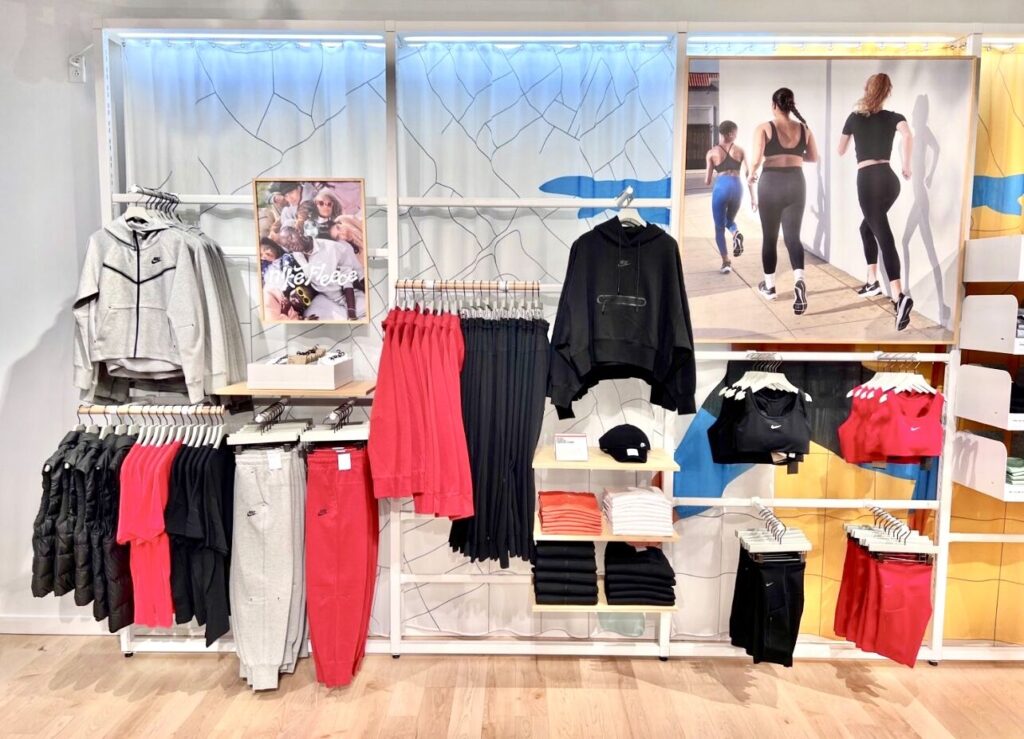
26. Select your payroll provider so you can actually pay your employees.
27. Consider trademarking the names of your company and product. This is something to discuss with your lawyer.
28. Design your logo.
29. Create some business cards.
30. Find office space to work out of (if you need to.)
31. Furnish your office.
32. Purchase any software or hardware you need.
33. Get Internet access set up, which is obviously critical in a tech company.
34. Obtain a Universal Product Code (UPC) if your product is going to be sold in stores.
35. Design any labeling and packaging if needed.
36. Finish your initial alpha/prototype product and bring it to market regardless of whether it’s a tangible product or an intangible software good.
37. Get initial user and customer feedback.
38. Order your initial inventory, if needed.
39. Register your domain name
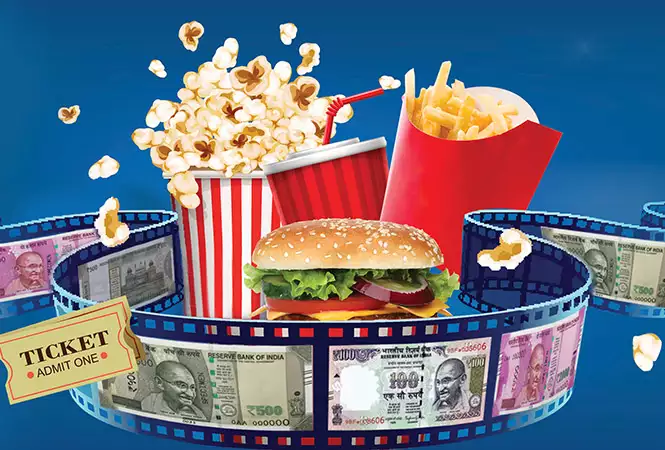
40. Design your company website.
41. Install a tracking tool like Google Analytics on your website
42. Add a shopping cart if you choose to pursue e-commerce.
43. Get a merchant account if you want to accept credit cards.
44. Sign up for an email list tool like iContact or MailChimp.
45. Optimize your website for the search engines by adding content or adding a blog and getting other websites to link to you.
46. Install a Customer Relations Management (CRM) system—a tool that can track your customer base and the interactions you have with your customers and users.
47. Hire your initial staff to be able to begin your operations.
48. Create your company values and mission statement
49. Announce your product launch to the local media.
50. Hold your launch event and start selling.

Those are the first 50 steps to being ready to sell your product. The next 50 steps are all about once you start selling, how you can build your business to your first million dollars in sales.
51. Hire a team to fulfill your orders and provide customer service.
52. Start an affiliate program or distributor program, which enables you to get other people to sell your product for you for a percentage of the sale.
53. Recruit affiliates and distributors.
54. Set up an ad tracking system so you can track your advertising and the results, conversion rates, and cost per lead.
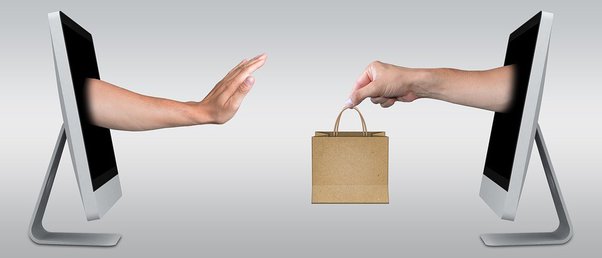
55. Try different online advertising techniques like cost-per-click advertising with a small test budget.
56. Get some results for that advertising.
57. Optimize and scale it as needed.
58. Determine the cost of acquisition per lead for each channel.
59. Determine the conversion rate for each channel. Then you can combine those to determine the customer acquisition cost by channel.
60. Calculate the lifetime value (LTV) of a customer. Once you know that, you’ll know how much you can spend to acquire a new customer, which is critical to being able to scale your business’s marketing scientifically. If you can combine great storytelling with scientific marketing and trackable channels, you can rapidly grow your sales.
61. Test your marketing and advertising with a bigger budget now that you know your LTV.
62. Test social advertising and display ads, and calculate the return on investment.
63. Scale your advertising up until the marginal cost of customer acquisition is equal to the marginal return from that customer acquired.
64. Optimize your advertising to bring down your customer acquisition cost.

65. Collect testimonials and use cases from those customers and perhaps even build a few PDF case studies.
66. Create social word of mouth for your product, using a tool like HootSuite to manage what’s being said in the media about you, your product, and your brand.
67. Create a YouTube video promoting your product.
68. Attend an industry trade show or conference.
69. Consider selling your product in bulk at wholesale to get more sales and initial brand awareness.

70. Bring on a bookkeeper to automate your accounting system so you can stop doing it yourself now that you may have started to have some real revenues.
71. Create an employee directory, once you get beyond a handful of employees.
72. Begin reviewing your profit and loss (or your income statement) and your balance sheet monthly.
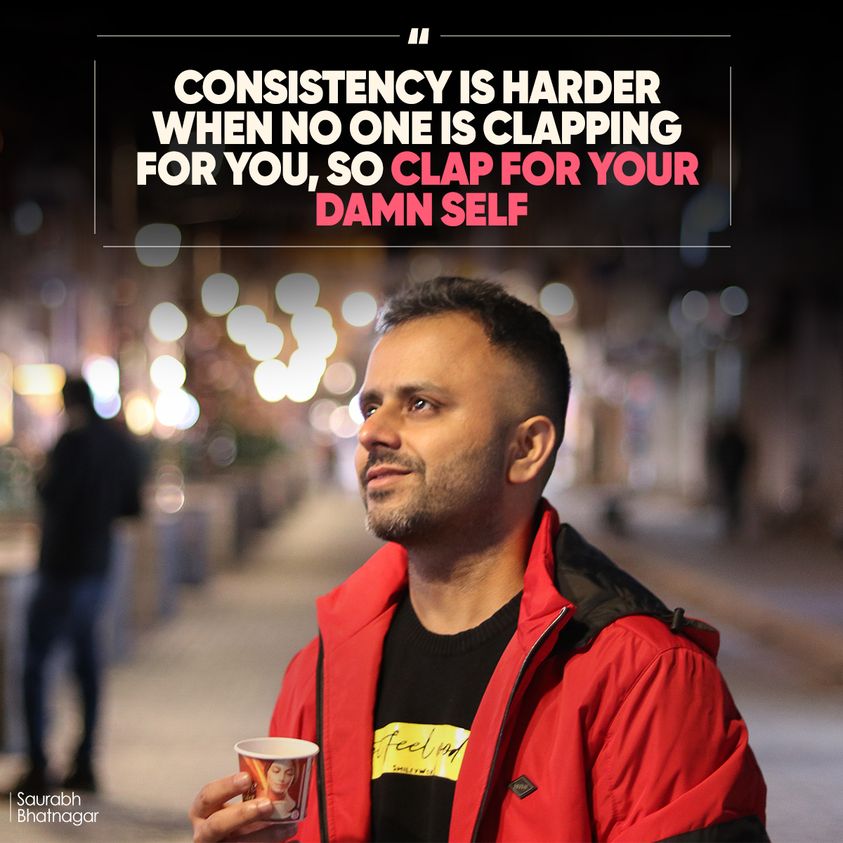
73. Compare your initial forecast with actual results. Take the budget that you created before you began and compare that initial pro forma forecast with your actual profit and loss results. Compare the deltas and talk about them as you create your next iteration of your budget. Eventually you’ll begin creating budgets annually and locking in those budgets and calling those the plan, and then comparing actual results on a monthly basis against your annual board-approved plan.

74. Hire your first salesperson.
75. Create a sales compensation plan that enables you to pay someone either on a percentage of sales basis or based on the units they deliver by converting customers or up-selling customers.
76. Set up a company healthcare program and other benefits for your employees.
77. Establish your vacation policy.
78. Test offline advertising carefully. You’ll want to put some toes in the water around offline advertising like direct mail or maybe local radio, and begin to test and get results and determine if it works for you. It takes a lot of testing to make your offline advertising scale.
79. Create an online wiki or intranet for your company where you can keep track of your processes.

80. Create a digital company handbook that can be edited and improved by your employees, like a Wikipedia article.
81. Open up a credit line with your bank. The best time to go after funding is when you don’t need it. If things are going well, go ahead and open that credit line.
82. Create an offsite work policy. Some of your employees may want to work remotely. Generally, as long as they’re getting their work done and are able to show up to the meetings you do have, which should be pretty minimal initially, you should be able to enable them to work offsite a couple days a week.
83. Once you can show that $1 in means $4 in revenue, raise capital.Until then, bootstrap as much as you can. Only raise your initial round of capital once you have a mathematical model for scalability, then go out and raise a true series A round of funding if you choose.
84. Create a list of firms from which to raise initial growth funding.
85. Update your pitch deck with the new data, new mentors, and new team members.

86. Build relationships with industry bloggers and different people in the media.
87. Seek product reviews.
88. Hire an Executive Assistant (EA) or an office manager to manage your schedule and the business’s day-to-day tasks.
89. Hold your first company retreat.
90. Take customer feedback and improve your product. You will want to create a product management process to incorporate customer feedback on an ongoing basis. Use this process to take your initial alpha, turn it into a beta, and then turn it into a general release, incrementally improving as you go.
91. Get connected to investors through people you know.
92. Have initial get-to-know-you meetings for investor feedbackabout six to nine months before you’re ready to raise capital.
93. Under-promise and over-deliver on your financial and milestone results for the next 90 days.
94. Determine how much capital to raise. A good rule of thumb is to raise at least twice as much as you’re going to need for the next one year of operations.
95. Return to the firms you like for partner presentations.

96. Do 20 partner presentations in 1-2 weeks. You need to have a disciplined, tight process for this.
97. Get at least two term sheets.
98. Negotiate and sign a term sheet.
99. Complete all the diligence requests that come to you
100. Close on your investment capital. Make sure the wire hits your bank account. Now it’s time to grow and scale a real company. The hard work now begins.

How do new Consumer Goods companies create a brand that stands out from the rest?

If continual innovation and optimization is not being done for the existing product, and new product you “might” have a problem with having an un-compelling product for the price. Those that invest in innovation, and optimization will have a compelling product for the retail price point.
“We are products of our culture and interpret the world through our mental conditioning.”
Top most festival Products FMCG consumers search today
World Wide Festive Trends Decoded What Indian festive consumers seek...
Read MoreHow right selection of FMCG Salesmen improves brand market share
How can FMCG Companies improve salesman’s technique in order to...
Read MoreHow most searched Fmcg sales and marketing words help newbie salesman
Why undestand FMCG sales management? Sales management is the process...
Read MoreHow Successful FMCG Salesman Starts his Day, a guide
How does one become a good sales executive in the...
Read More



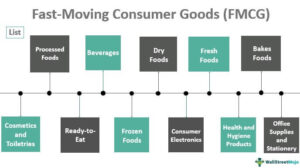




Pingback: How Critical are HACCP ISO 22000 and FSSAI in FOOD Business